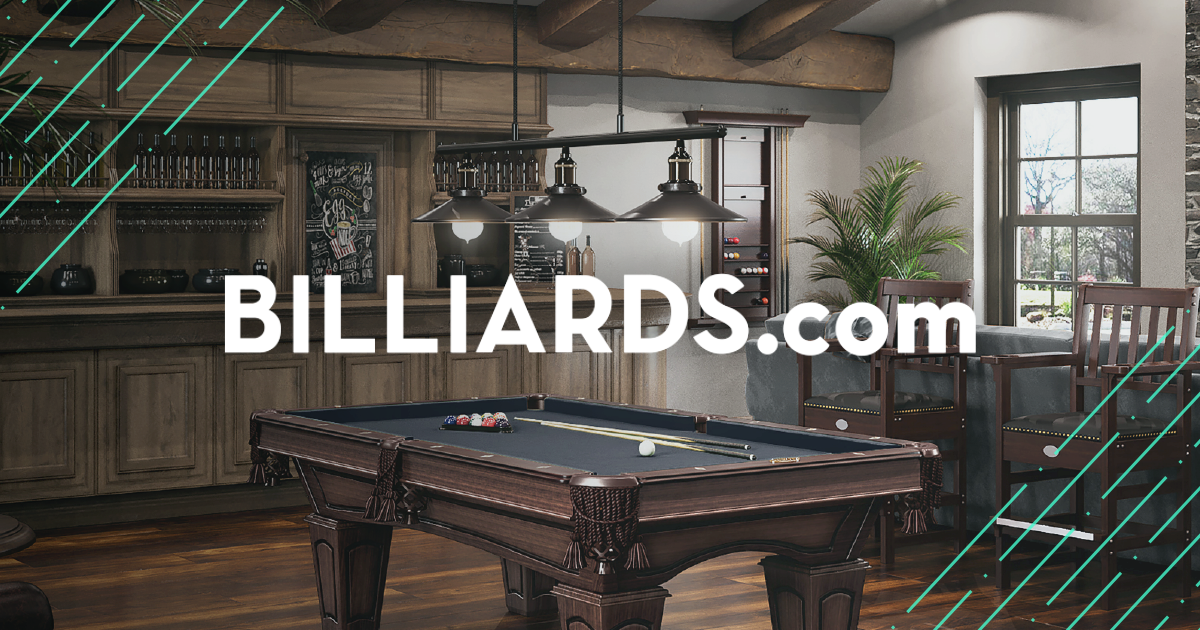Ok, Scenario, there are 10-balls frozen to rails and a 30 second clock.its not considered frozen unless the opponent calls it frozen each time before your new inning at the table.
same as telling you you are on two scratches in a 3 fouls lose the game rule. or 14.1.
Do you think someone could say, "the 3-ball is frozen to the rail" 10 times in the 30 seconds the player has to shoot ?

